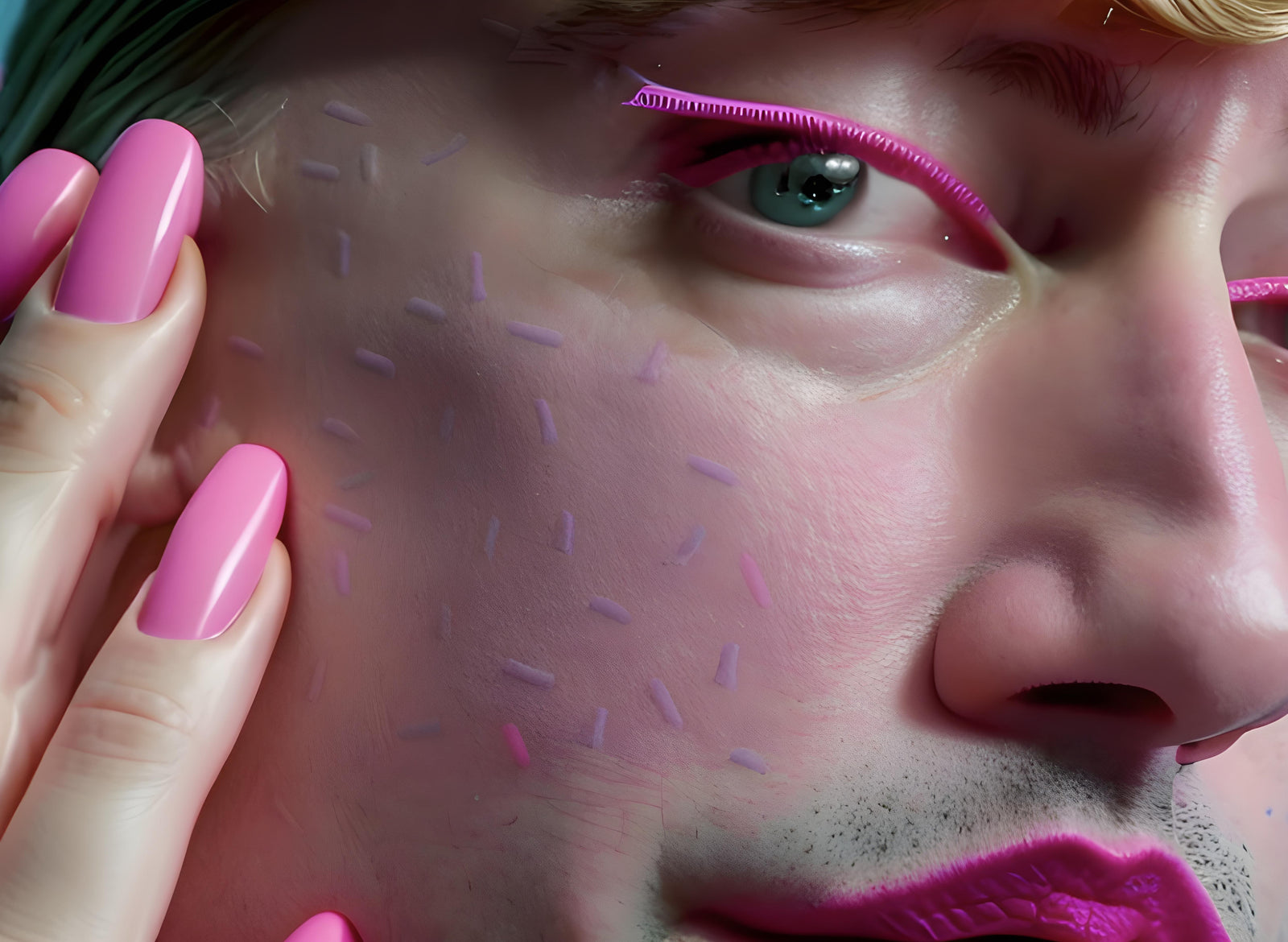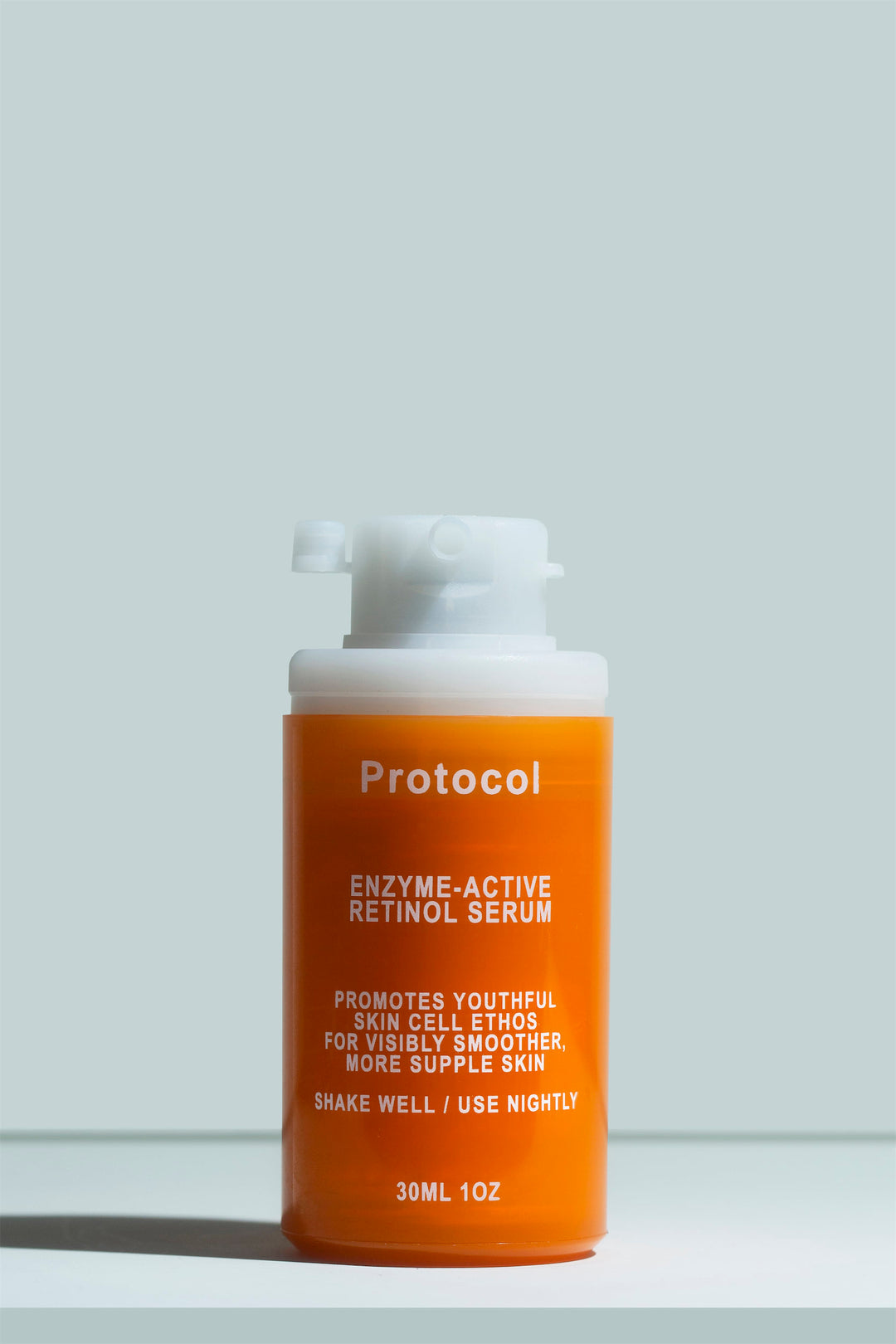Put a Stop to Skincare Pilling: Why It Happens and Prevention

If there is one enemy almost all skintellectuals will face at one point in their life, it’s skincare pilling. You think you’ve finally perfected your routine with that hyped-up sunscreen or cult favorite moisturizer, but you rub it on, and bam - out of nowhere, tiny rolls of products form on your skin, much like pilling on a sweater. That is skincare pilling, and it can be frustrating to deal with.
In this post, we’ll explain why skincare pilling happens in the first place, and what you can do to stop it in the first place.
What is skincare pilling, exactly?
Skincare pilling is what happens when your skincare product clumps up in tiny balls or flecks after you’ve rubbed it on. It’s pretty annoying, especially in the daytime when you’re hoping to look presentable.
It usually occurs when you layer several products, like moisturizer and sunscreen or sunscreen and primer. Sometimes, the way the different products are formulated means that when they come in contact with each other, certain ingredients end up binding together and losing their serum or cream texture, which results in those little clumps.
Peeling vs Pilling
Don’t confuse skincare pilling with peeling, which is when the skin itself peels away or visibly sheds. Peeling can be a normal reaction when starting on an exfoliating or skin-renewing active like retinol and AHA, or it can be a side effect of skin barrier disruption.
The two terms sound similar, which is already confusing. It doesn’t help that the clumps of pilling skincare can look similar to flakey, peeling dead skin.
To identify if it’s your skin coming off or your skincare clumping, examine your skin while it’s clean, or even rub it gently. If there’s visible flakiness, it’s your skin peeling, which may require easing up on the actives in your routine or identifying if you’re dealing with dehydration, skin sensitivity, or a specific skin condition.
Why is my skincare pilling?
Skincare pilling usually happens when different skincare layers refuse to play nice because they’re different types of emulsions. It’s more likely to occur when you apply too much product since, normally, skincare layers shouldn’t interact with one another in the first place.
Emulsions are a combination of oil-like ingredients (i.e., oils, silicones, plant butters, fatty acids, etc.) and water-based ingredients (i.e., water, plant hydrosols, and many botanical extracts). Oil and water don’t usually mix, but emulsions force them to get friendly with the help of an emulsifier. Most skincare products are emulsions, and especially creams and lotions.
If you’ve ever made homemade mayonnaise or a bechamel sauce, then you’ve made an emulsion - and perhaps you’ve also had an emulsion break, which is when the oils and liquid separate. Skincare pilling happens when the emulsion of your skincare breaks!
In the context of skincare pilling, there are two main types of emulsions: oil-in-water and water-in-oil. Oil-in-water emulsions have microscopic droplets of oily substances suspended in water, which usually means more water and less oil. They’re often referred to as “water-based” and usually have a more watery texture, like serums and lotions.
Water-in-oil emulsions are sometimes referred to as “oil-based” since water droplets are suspended in an oily substance. This usually includes thick creams or ointments, and most foundations and sunscreens, as well as our very own newly released Water Lock (even though it’s silky smooth and non-greasy).
Skincare pilling usually occurs when oil-in-water and water-in-oil formulas are layered one on top of the other.
Instead of mixing nicely or staying put in their layers, the oil and water bases of the different cosmetic layers end up reacting to one another, which causes separation. It’s often even worse when the products in question include film formers or silicones, which are designed to spread evenly over the surface of the skin rather than sink in. When the emulsion they’re held in is broken, those ingredients bind to themselves or to each other in clumps.
There are other factors that can make skincare pilling likelier, like following a multi-step skincare routine with too many layers, using very thick layers of certain products, and not waiting long enough between skincare steps.
How to stop skincare pilling
You won’t be surprised to discover that the best way to stop skincare from pilling is by avoiding all of the common pitfalls that lead to it in the first place. Here are some key tips:
Buy complementary products
Products with similar formulations are less likely to pill when layered together. If you notice that your skincare pills specifically when you apply a specific product, consider replacing it with something that lines up better with the rest of your routine.
It’s not always simple to identify oil-based vs. water-based formulas, but generally, glancing at the ingredient list and judging the texture will help. A light, fluid texture implies that a product is water-based, while a thicker texture implies that a product is oil or silicone-based.
For example, if you notice your sunscreen pills the second you apply it over your moisturizer, search for a sunscreen with a more watery formula (Korean and Japanese sunscreens are often excellent on this front).
Avoid bloated routines
The more products you layer one after the other, the greater the risk your skincare will pill up. There are more products that can interfere with one another, and the additional layers mean there’s simply more product sitting on the surface of the skin rather than sinking in.
That’s one of the reasons why we prefer to follow a simple, streamlined skincare routine at Protocol (although it’s a fairly minor one). Streamlined routines are far less likely to have product pilling, they’re often more efficient, and they make controlling for irritation and breakouts a little easier.
Apply thin layers
You don’t need to pile on thick globs of skincare (unless you’re slugging). Your goal should be to apply just enough so that early-stage products like toners and serums sink in, and that late-stage products like moisturizers leave your skin feeling hydrated and plump.
Trying to apply a product that’s meant to form a film over the skin doesn’t work if there’s a thick layer of a water-based product under it, and the two will be more likely to disrupt each other.
The only exception to this rule is sunscreen, where it’s important to apply around a ¼ teaspoon to the face and neck. That’s why it’s particularly important that whatever you apply beforehand fully disappears into your skin before you apply sunscreen (and why we’re partial to skipping moisturizers in the morning).
Layering and wait times
We know that figuring out how to layer can get complicated, but it makes a big difference as far as your risk of pilling is concerned.
Your light, water-based products should always go first since they’re quicker to sink into the stratum corneum. Oil and silicone-based products should usually go on the skin towards the end of your routine since they’re usually designed to create a layer over the surface of the skin.
Make sure that your lower layers, like toners, essences, and serums, have sunk in completely before applying any additional layers - especially sunscreen and makeup primer, which are the big pilling culprits.
Trial and error
Some products are just incredibly prone to pilling, even on their own. Through trial and error, you can figure out why a product is pilling, and whether it only pills with specific products.
Maybe your favorite moisturizer is fine when you use it over one serum, but it pills if you apply it over another. By testing and trying different things, you’ll be able to figure out the specific product or product combination that results in pilling, so you can avoid it.
Does pilling decrease the effectiveness of my skincare?
Pilling can decrease the effectiveness of your skincare, and it can also be a sign that you’re not using your products in an optimal way.
Once your products break down and clump, your skin may not absorb some of the beneficial ingredients in the formula. There’s certainly no chance that your skin is absorbing products evenly.
In the case of products intended to form a film, like sunscreen, the lack of even distribution means that you might be losing out on protection, which can lead to sun damage.
De-pilling your skincare routine
Skincare pilling crops up when you use skincare products that shouldn’t go together, without waiting for layers to sink in. While it is possible to use both water-based and oil-based products in the same routine, the key is to use thin layers and wait long enough that water-based steps can sink in.
Finally, consider whether your skincare routine is a little too long - the more steps, the higher the chances your skincare will clump up! This is only a small part of why we believe in highly curated skincare routines here at Protocol, and why we developed our highly targeted and streamlined Skin Renewing Line When you have just 2 or 3 steps in your morning or night routine, with each step offering several benefits, you can enjoy glowy, smooth skin, and a routine that won’t call for as much problem-solving!




